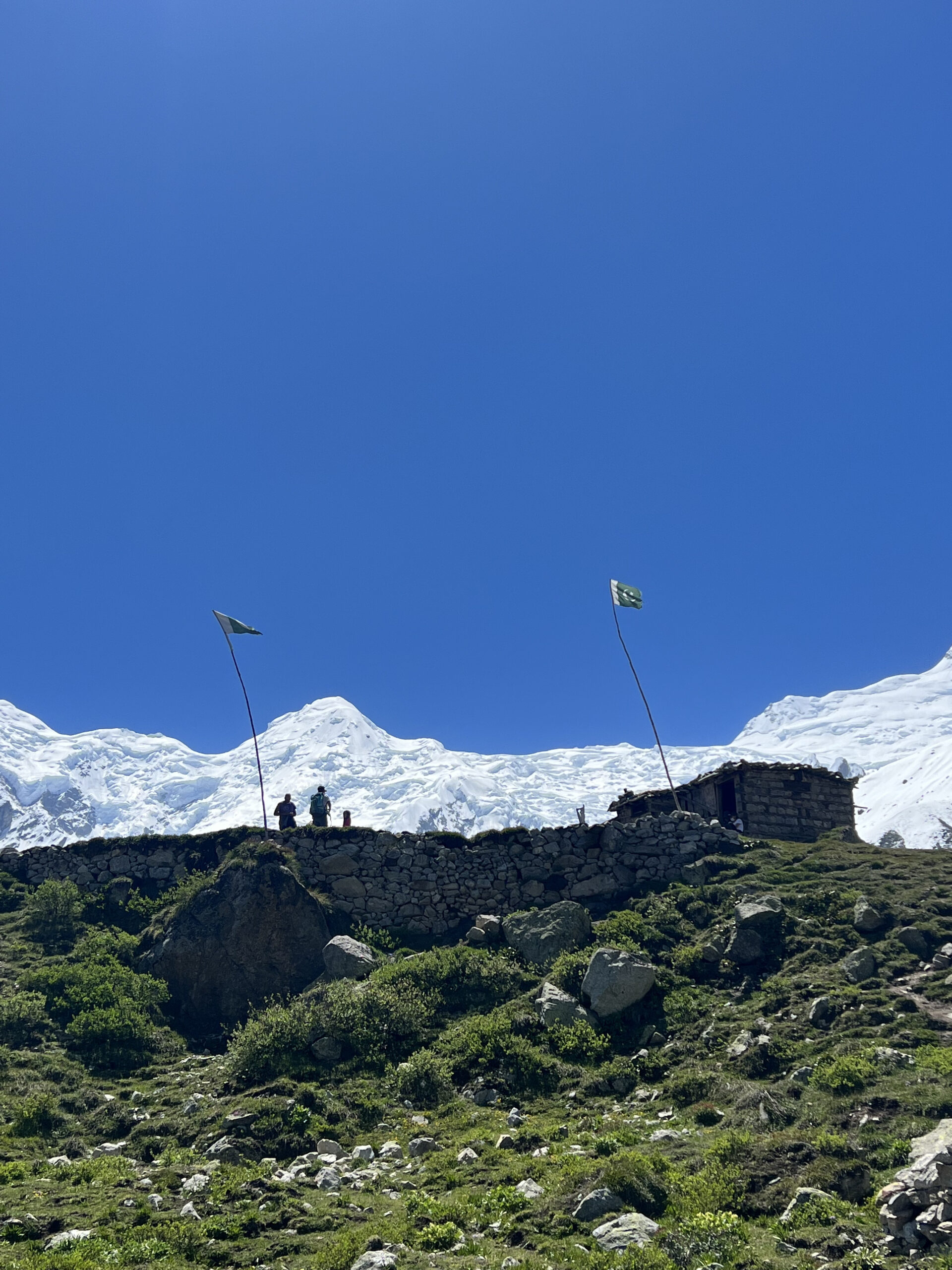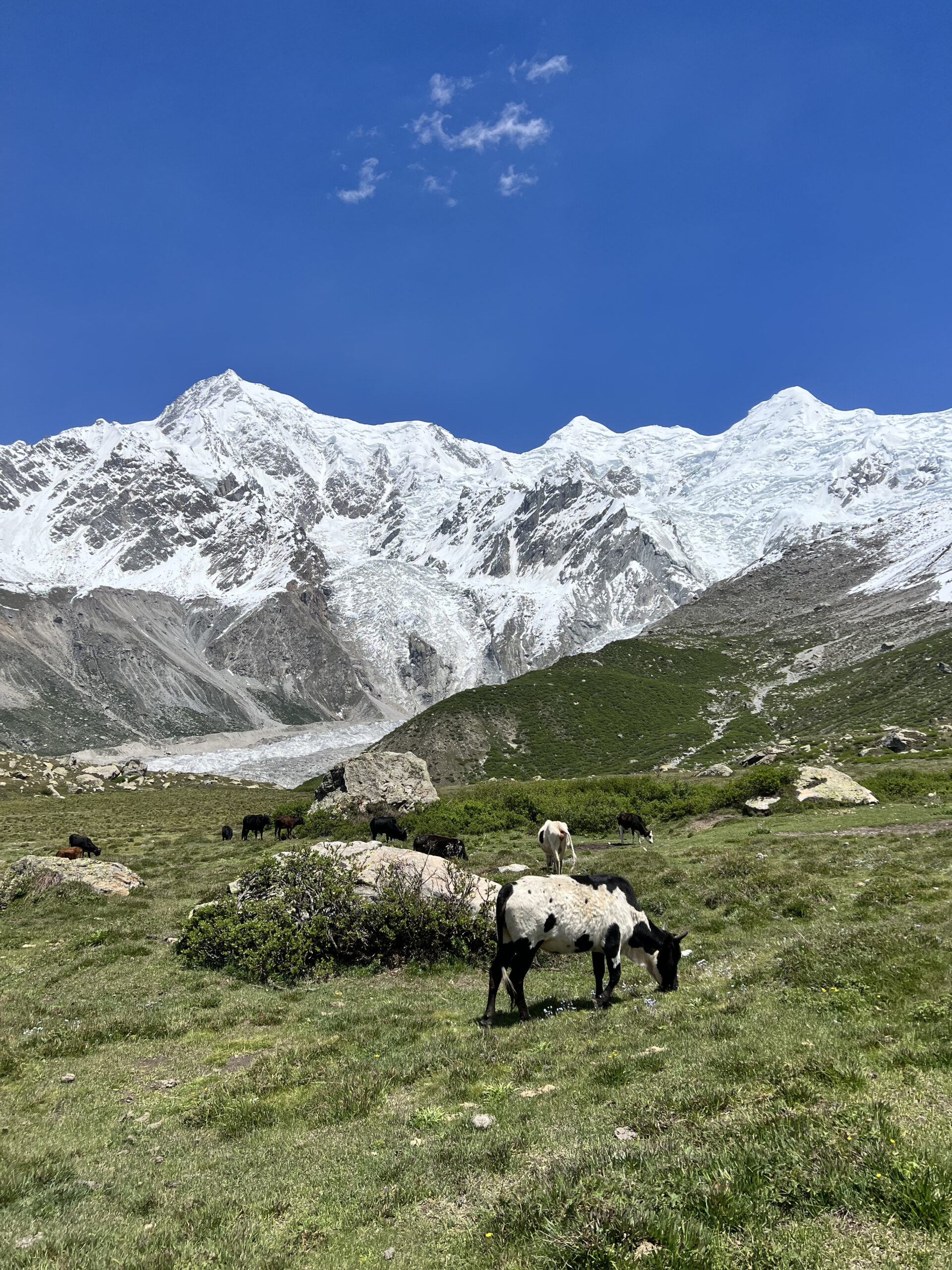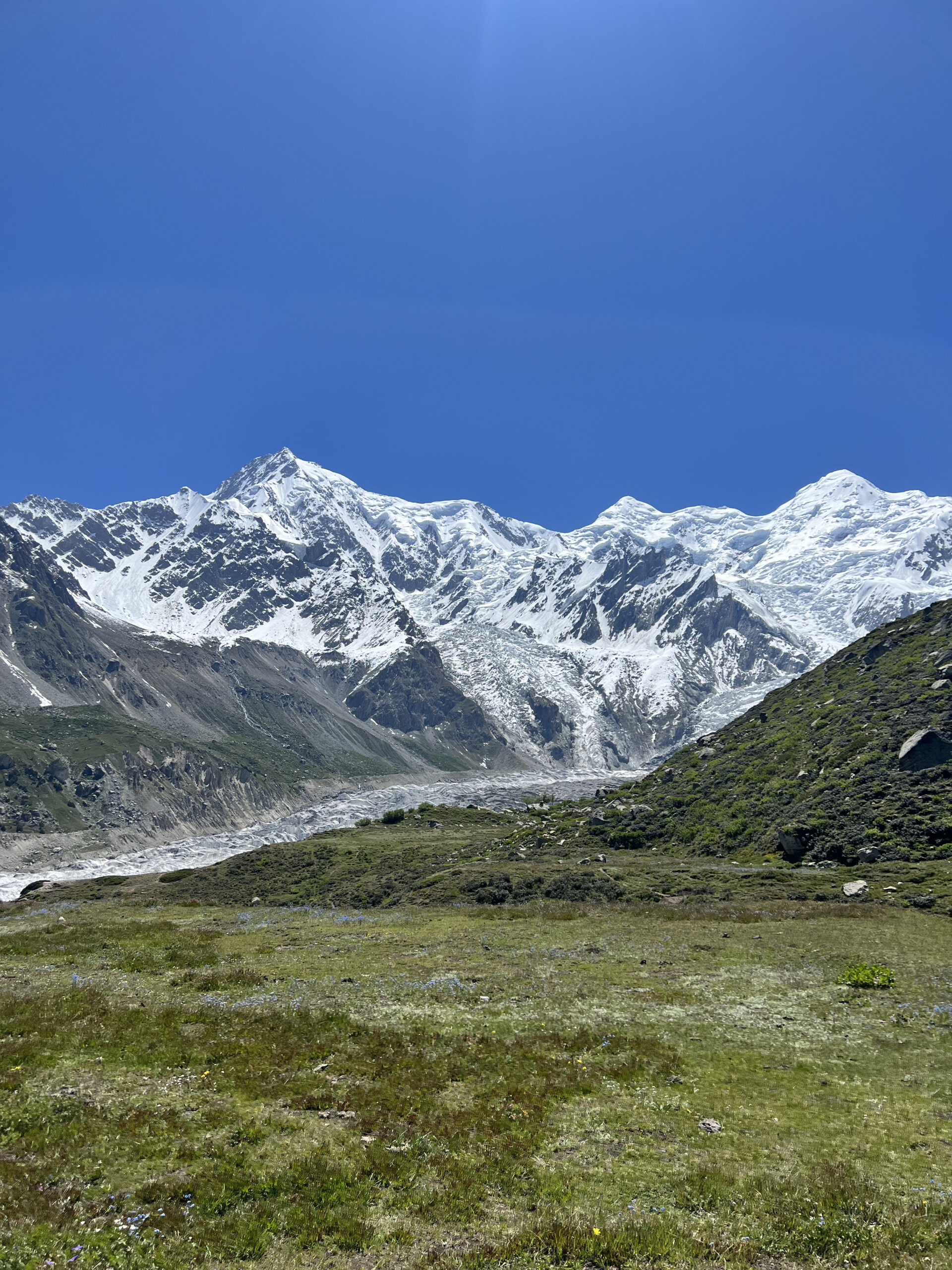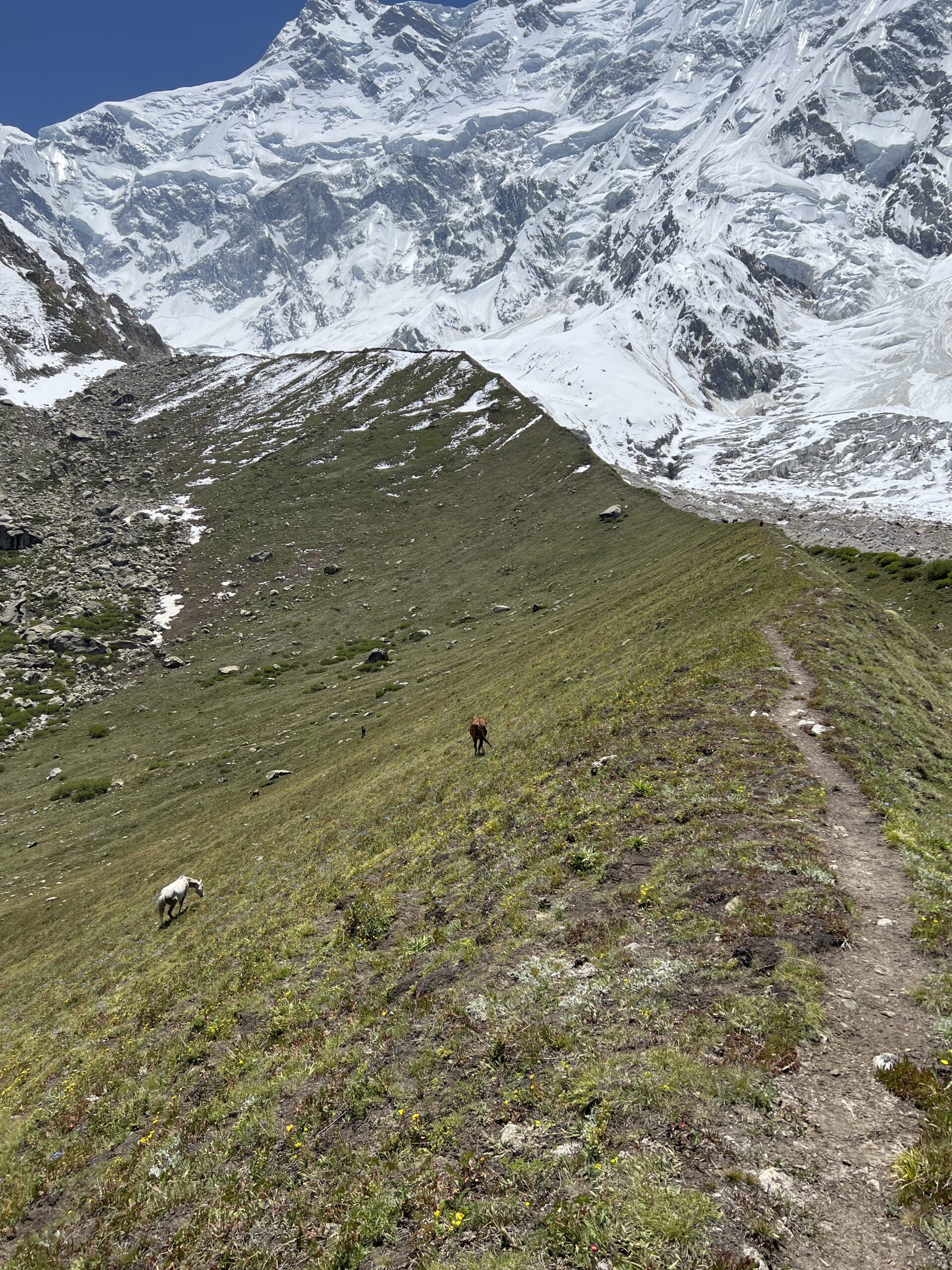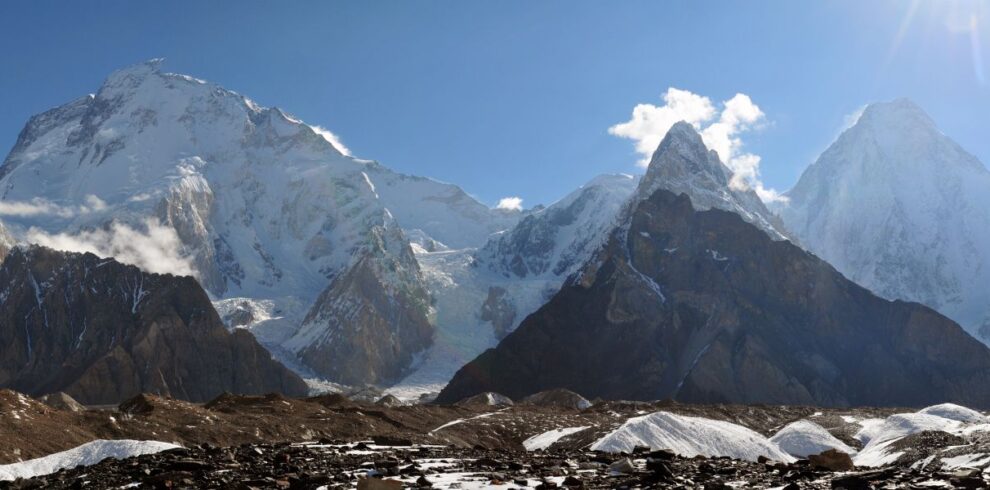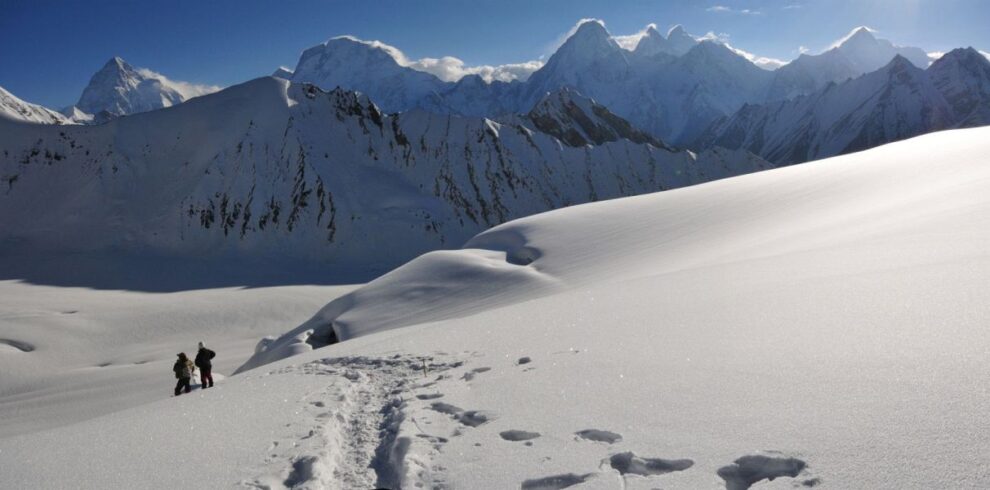Conquering Nanga Parbat: A Thrilling Tale of Mountain Climbing
Introduction
Nanga Parbat, also known as the “Killer Mountain,” is a formidable peak located in the Western Himalayas. This majestic mountain stands tall at 8,126 meters (26,660 feet) above sea level, making it the ninth highest peak in the world. Climbing Nanga Parbat is not for the faint-hearted; it’s a challenging and perilous adventure that beckons the bravest mountaineers.
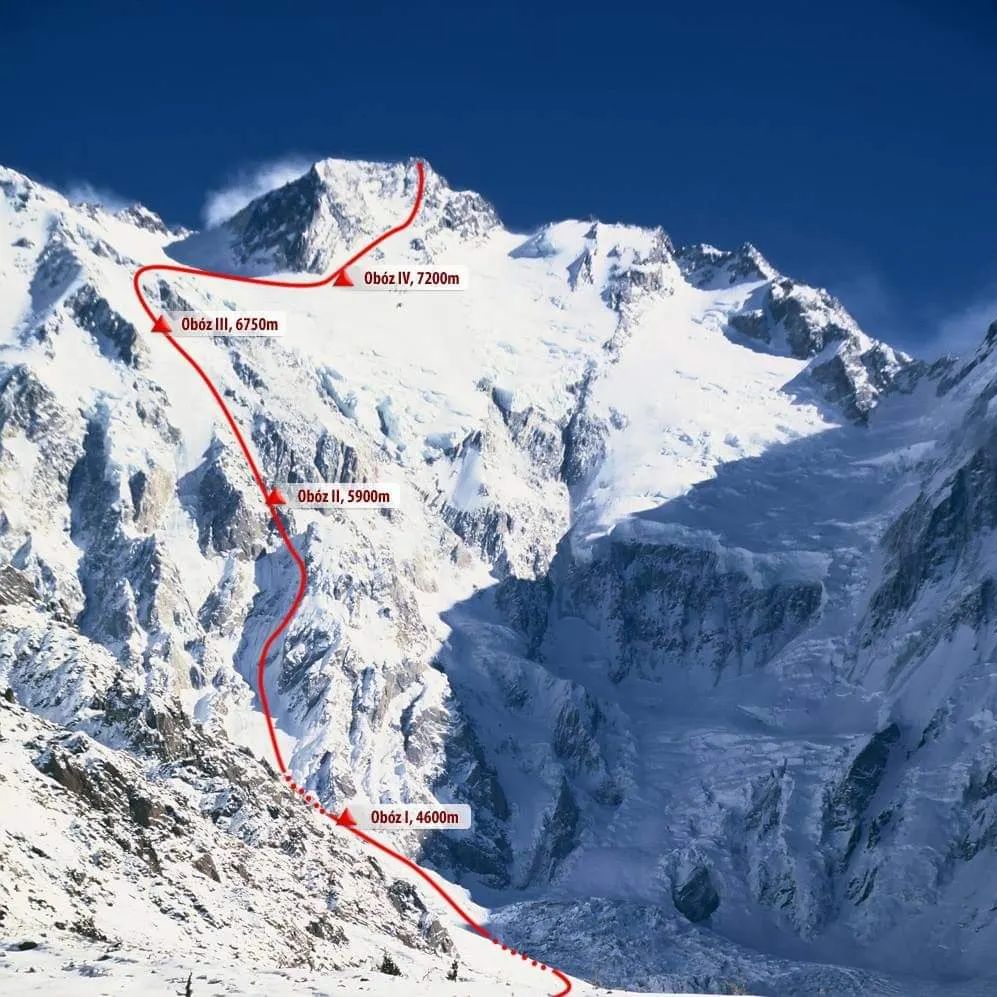
The History of Nanga Parbat Climbing
Nanga Parbat has a rich history of climbing expeditions, dating back to the late 19th century. The mountain gained prominence when it was first surveyed by European explorers in the 1850s. However, it wasn’t until the early 20th century that serious attempts to conquer the peak were made.
- The First AttemptThe first recorded attempt to climb Nanga Parbat was made in 1895 by the British climber Albert F. Mummery. Unfortunately, this expedition ended in tragedy, as Mummery and two Gurkha companions disappeared during their ascent.
- Hermann Buhl’s TriumphOne of the most legendary ascents of Nanga Parbat was achieved by Austrian climber Hermann Buhl in 1953. He became the first person to reach the summit, a feat accomplished solo and without supplemental oxygen. Buhl’s daring climb is still celebrated in the mountaineering world.
The Challenges of Climbing Nanga Parbat
Climbing Nanga Parbat presents a multitude of challenges that test the physical and mental limits of even the most seasoned climbers.
- Harsh Weather ConditionsThe Western Himalayas are notorious for extreme weather, and Nanga Parbat is no exception. Climbers face blizzards, high winds, and sub-zero temperatures, making it essential to choose the right time for the ascent.
- Avalanche RiskNanga Parbat is prone to avalanches, making the ascent even riskier. Climbers must be vigilant and assess the avalanche risk regularly during their journey.
- Technical DifficultyThe mountain’s steep and rocky terrain demands advanced mountaineering skills. Climbers must navigate icefalls, crevasses, and challenging rock sections.
The Allure of Nanga Parbat
Despite its challenges, Nanga Parbat continues to attract adventurers from around the world. What is it that makes this peak so alluring?
- Pristine WildernessNanga Parbat is situated in a remote region of Pakistan, offering climbers a chance to immerse themselves in untouched wilderness. The journey to the base camp alone is an adventure through stunning landscapes.
- A Mountaineering IconFor climbers, conquering Nanga Parbat is a badge of honor. It’s a symbol of courage and determination, drawing those who seek to test their limits.
- Spectacular ViewsFrom the summit of Nanga Parbat, climbers are rewarded with breathtaking panoramic views of the surrounding mountains, including the nearby Karakoram Range.
Go Back At Home Page
Overview
| Duration: | 45 days | Altitude: | 8125M |
| Range: | Himalaya | Camp nights: | 35-40 |
| Hotels nights: | 4-6 | ||
| Grade: | Strenuous Trek | Climbing Period: | June, July, August |

